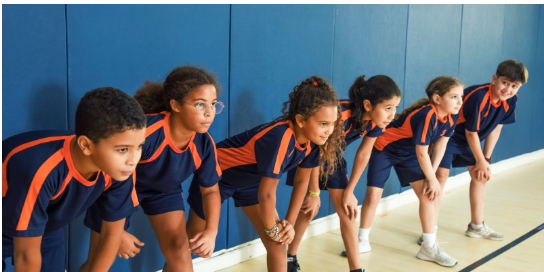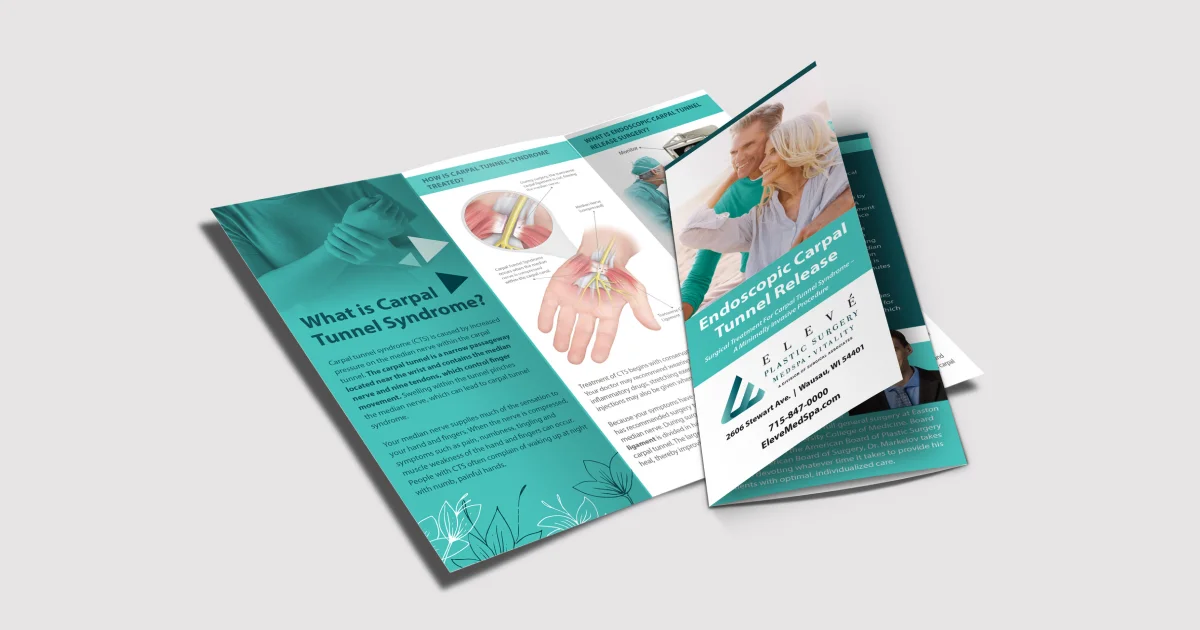Health
Trending
- How Toca Boca is Transforming Digital Play into a Creative Lifestyle
IntroductionDigital play has become an inseparable part of modern life. For children, teens, and eve...
Bodyweight exercises require no gym or equipment. They use your own body’s resistance to build strength, flexibility, and endurance. Perfect for home, travel, or outdoor workouts.
Whether you’re a beginner or advanced, bodyweight movements are scalable. You can adjust intensity by increasing reps, sets, or using tempo changes. This makes them ideal for all levels.
They help build functional strength, which improves daily movement and coordination. These exercises also increase your body awareness, core control, and joint stability.
The biggest advantage? You can do them anywhere, anytime. No need to wait for a machine or deal with crowded gyms. Just your body and motivation.
2. Push-Ups
Push-ups are a foundational upper-body move. They strengthen the chest, triceps, shoulders, and core simultaneously. Plus, they improve your posture and muscle endurance significantly.
Start in a high plank position with your hands under shoulders. Lower your body until elbows form a 90-degree angle, then push back up. Maintain a straight line.
You can modify push-ups by dropping to your knees or elevating your hands. To progress, try diamond push-ups, decline push-ups, or slow-tempo variations.
Consistent push-up training increases upper-body strength and can support other lifts and sports. It also boosts cardiovascular endurance when performed in high reps.
3. Squats
Bodyweight squats target your glutes, quads, hamstrings, and calves. They’re excellent for building lower body strength and improving mobility in hips and knees.
Stand with feet shoulder-width apart. Lower your body by bending knees and hips like sitting in a chair. Keep your chest up and back neutral.
Try air squats, jump squats, or one-leg (pistol) squats to vary the intensity. You can also hold a static squat to build endurance and control.
Squats promote better balance and coordination. They also support joint health, especially when done with proper form and regular consistency.
4. Lunges
Lunges develop leg strength, stability, and coordination. They also help correct muscle imbalances between your left and right sides, improving athletic performance and posture.
Start standing, then step forward with one leg. Lower until both knees are at 90 degrees. Push through the front foot to return to standing.
You can perform forward, backward, or walking lunges. To increase difficulty, add jumping lunges or slow down the movement for added control and strength.
Lunges also activate the core to maintain balance. They’re ideal for strengthening glutes and thighs, making them useful for running, climbing, and everyday movement.
5. Planks
Planks are a core staple that improves stability, posture, and endurance. They target your abs, lower back, shoulders, and even glutes for full-body tension.
To do a plank, place forearms on the ground with elbows under shoulders. Keep your body in a straight line from head to heels.
Hold the position without sagging or arching. Aim for 30 to 60 seconds to start. As you progress, add side planks or leg lifts for a challenge.
Planks build core strength more effectively than crunches. They also protect your spine and reduce the risk of back pain with consistent practice.
6. Glute Bridges
Glute bridges isolate and strengthen your glutes, hamstrings, and lower back. They also improve hip mobility and reduce lower back strain when done correctly.
Lie on your back with knees bent and feet flat. Lift your hips until your body forms a straight line from shoulders to knees. Squeeze glutes at the top.
Lower down with control. For more difficulty, try single-leg bridges or pause at the top for increased muscle tension.
Bridges are great for countering long hours of sitting. They improve posture, reduce knee pain, and enhance performance in sports that require hip power.
7. Mountain Climbers
Mountain climbers combine strength and cardio. They work the core, shoulders, and legs while boosting heart rate, making them excellent for fat burning and endurance.
Start in a plank position. Drive one knee toward your chest, then switch legs quickly as if running in place. Maintain a flat back throughout.
You can adjust speed depending on your fitness level. Faster climbers add cardio intensity, while slower ones enhance core engagement and control.
Mountain climbers are efficient full-body moves. They’re great in circuit training and HIIT workouts, burning calories while improving agility and stamina.
8. Burpees
Burpees are a total-body, high-intensity move. They combine squats, push-ups, and jumps, making them a top choice for building strength and burning calories.
Begin standing, drop into a squat, place hands down, kick feet back into a plank, perform a push-up, jump feet back in, and explode up.
You can modify by removing the push-up or jump. Advanced versions include tuck jumps or dumbbell burpees for added intensity.
Burpees increase endurance, coordination, and power. Though challenging, they deliver big results in a short time, especially when done in circuits or intervals.
9. Triceps Dips
Triceps dips strengthen the back of the arms, shoulders, and upper back. They’re effective for toning and improving upper-body endurance and pressing strength.
Sit on a sturdy surface with hands beside hips. Slide off with legs extended, bend elbows to lower your body, then press back up using your triceps.
You can bend knees for an easier version or place feet on an elevated surface to intensify the dip. Maintain control to avoid straining your shoulders.
Dips complement push-ups and help balance arm strength. They’re excellent for building lean muscle and increasing pressing power without gym equipment.
10. Wall Sits
Wall sits target the quads, glutes, and calves while testing muscular endurance. They’re deceptively simple but extremely effective for lower body conditioning.
Stand with your back against a wall, slide down until your thighs are parallel to the ground, and hold the position as long as possible.
Avoid letting your knees go past your toes. Keep your core tight and back flat against the wall. Increase hold time gradually for progression.
Wall sits improve mental toughness and stamina. They’re perfect for building strength in legs, especially for runners, skiers, or anyone needing lower body power.
11. High Knees
High knees are a dynamic cardio move that boosts your heart rate, coordination, and leg strength. They activate the core and lower body while improving speed.
Stand tall and run in place while driving your knees as high as possible. Pump your arms for balance and rhythm to keep energy up.
Start slowly if needed, then increase speed to add intensity. Use high knees in warm-ups, circuits, or sprint intervals for fat-burning results.
High knees help develop explosive strength and foot speed. They’re ideal for conditioning and work well in small spaces with no equipment.
12. Final Thoughts and Routine Tips
Bodyweight training is simple but powerful. It builds strength, mobility, and endurance with no equipment, making it accessible to everyone, everywhere, at any time.
To see results, stay consistent. Mix upper and lower body exercises, alternate intensity, and include rest days. Track your progress to keep motivated and challenged.
Bodyweight workouts suit all fitness goals. Whether it’s weight loss, strength building, or improving athleticism, these exercises are versatile and effective.
Combine exercises in circuits or supersets to maximize time and intensity. In just 20-30 minutes a day, you can build a fitter, stronger version of yourself.
Recent Articles

About Admin
This post has been published by the admin of our website, responsible for content management, quality checks, and providing valuable information to our users.










